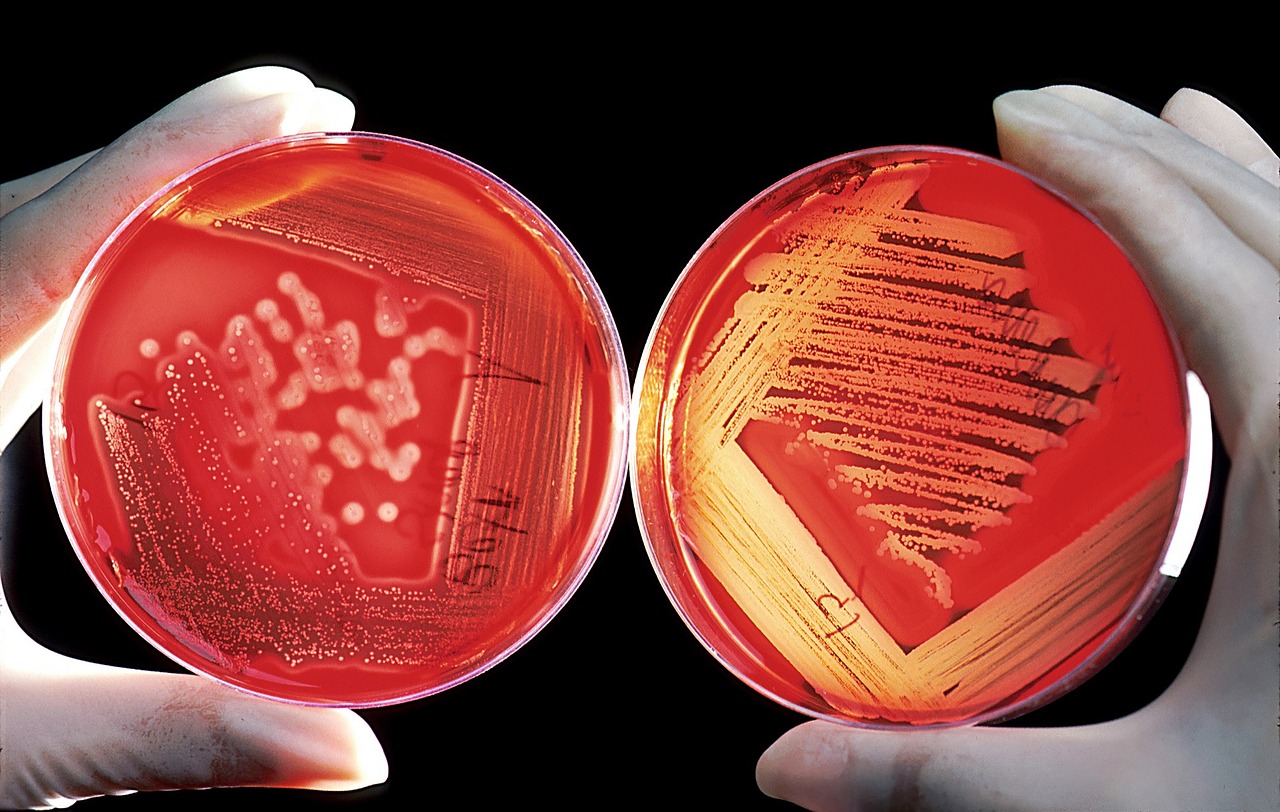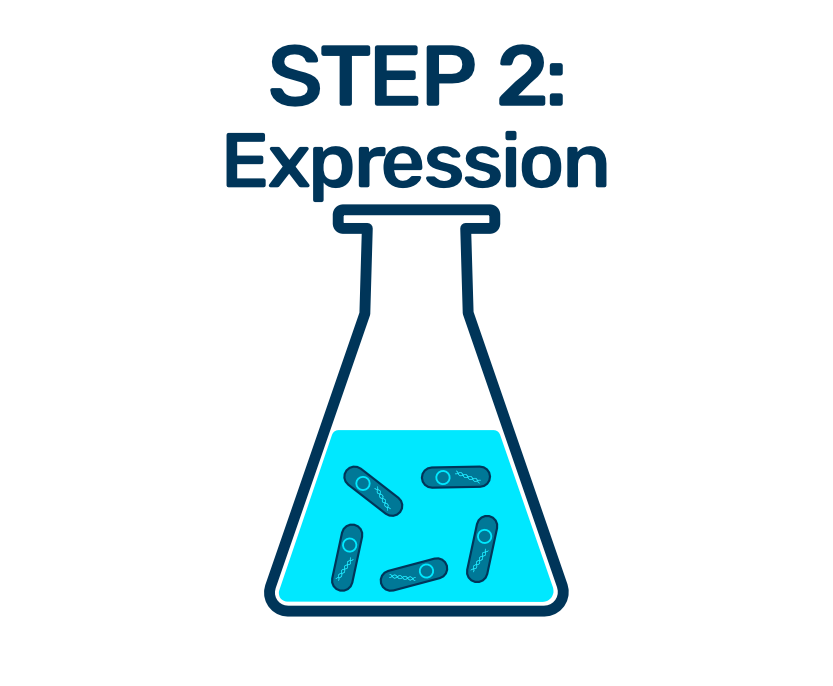Cortalix Nanobody Services
Discover our 6-step services solutions
STEP 2: Expression
At the last stage of the phage display technology (step 1 of our services), monoclonal phage ELISA and DNA sequencing revealed a number of positive VHH-phage clones. The next step involves the expression of several unique VHHs in a suitable microbial chassis in order to obtain them as purified protein – without being attached to a phage. Optionally, additional amino acids or affinity/detection tags can be cloned in the VHH expression vector. For instance, introduction of a free cysteine to the C-terminus of the VHH enables chemical coupling of the VHH to a fluorophore or chelator (as described in step 4 and 5).
Depending on the required production yields, either E. coli or P. pastoris will be used as VHH production host. Generally, periplasmic expression, extraction and purification of VHHs in E. coli result in sufficient VHH yields (1-10 mg/L) for initial characterization experiments (e.g. ELISA assays). Optionally, in a later phase of characterization, P. pastoris can be used to reach higher VHH production yields (g/L scale).


What can you expect from step 2
- After in-depth discussion, a subset of VHH-phage clones will be selected for recombinant VHH production in a suitable microbial host.
- Depending on the applications you have in mind for the nanobody, options to genetically engineer additional residues or a particular protein tag will be developed.
- We will then construct the VHH expression vectors, introduce them in E. coli or P. pastoris, and purify the VHHs.
- Deliverables:
- The agreed amount of purified VHH in a suitable buffer, whether or not in multiple aliquots (max 5) and frozen at -20C
- A comprehensive study report
- Expert advice for further development






